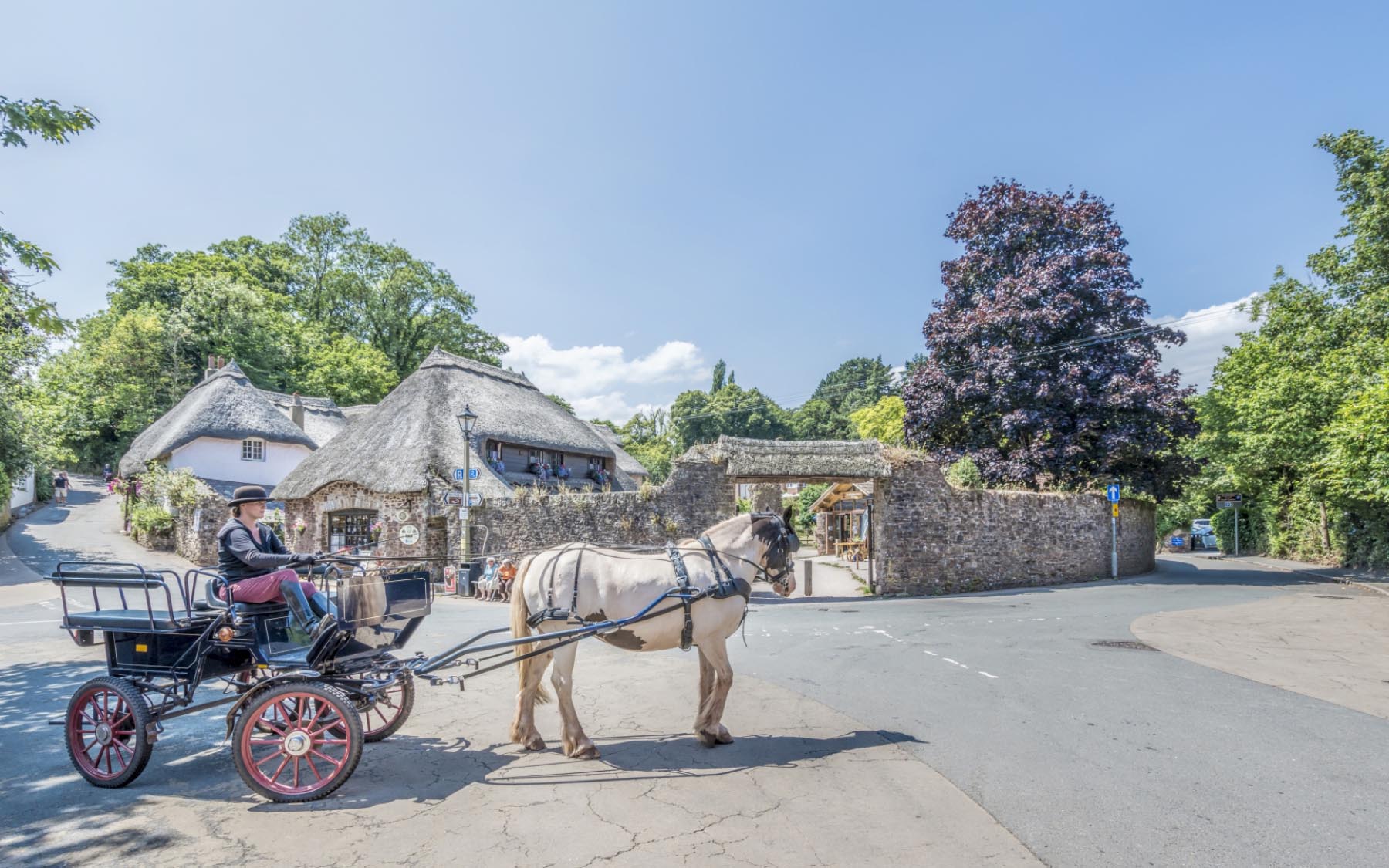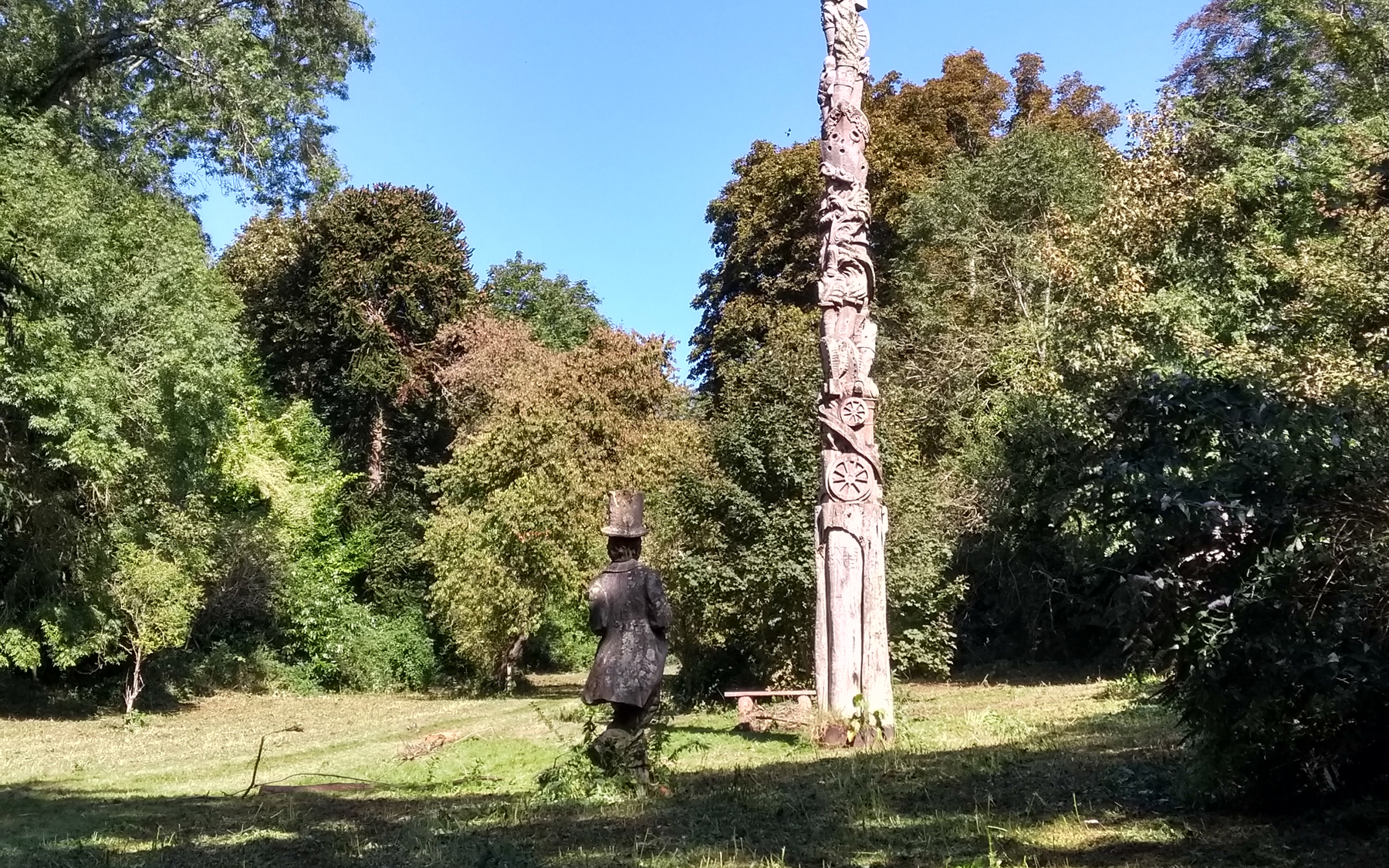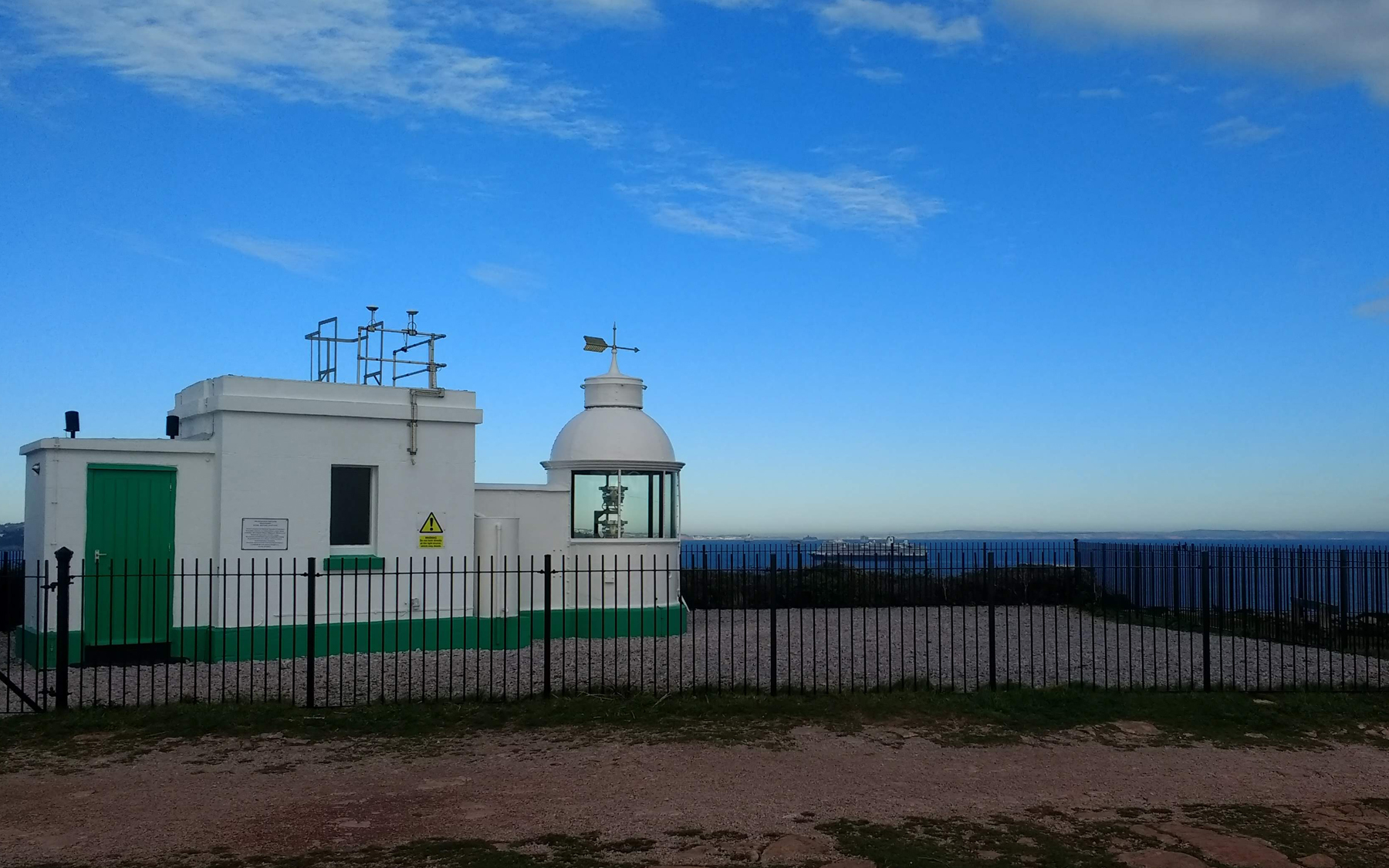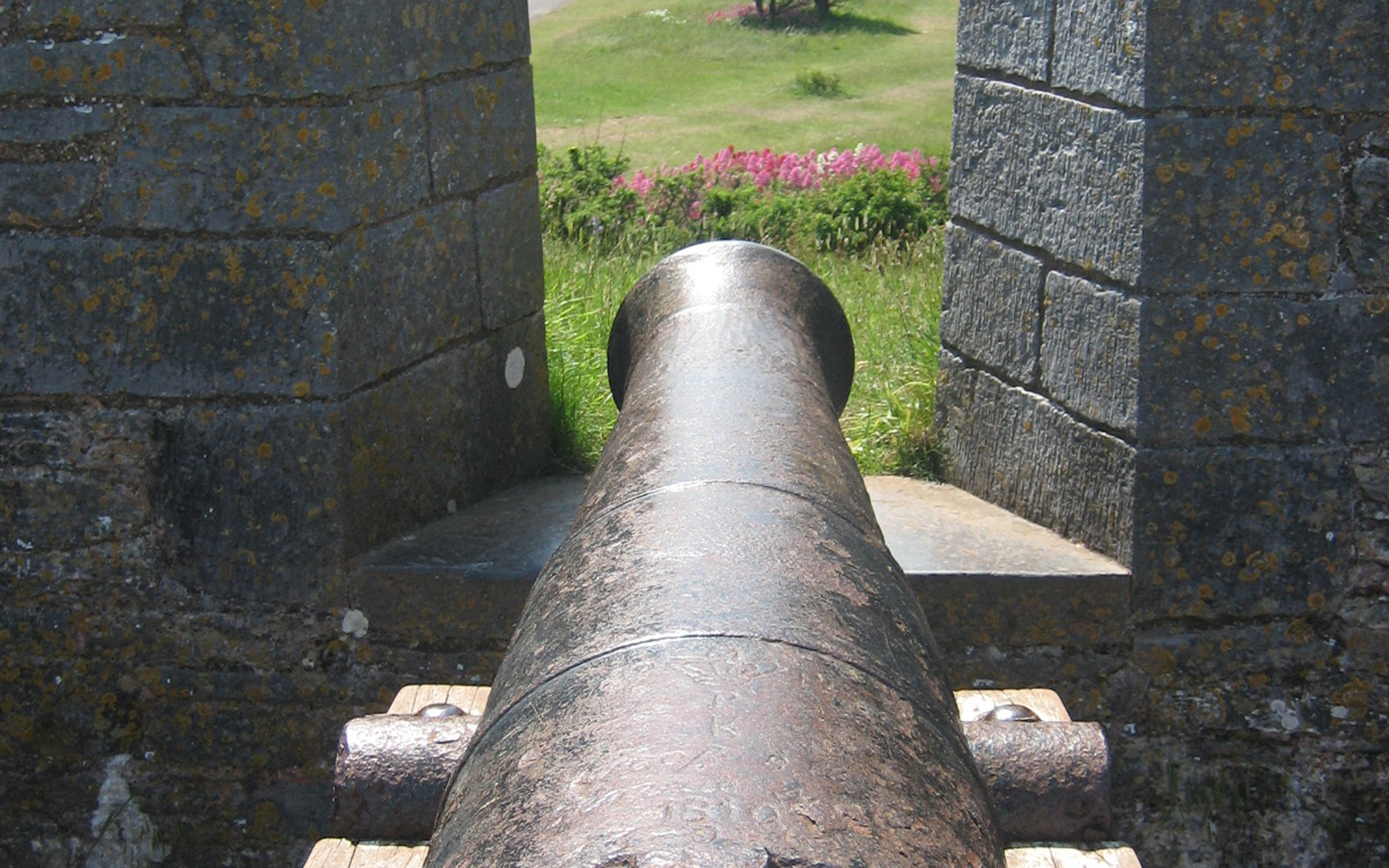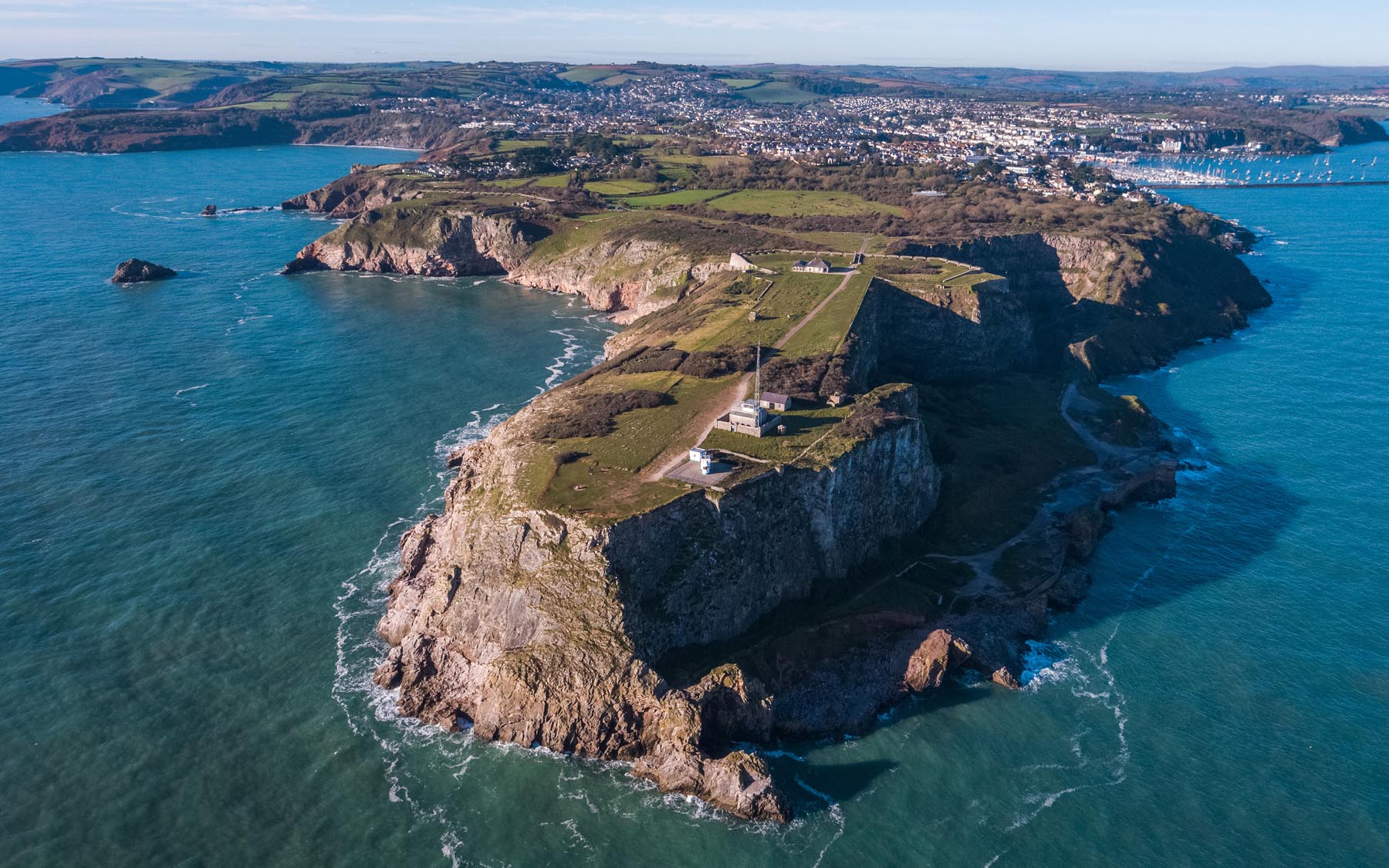Unlock the secrets of the past at many of our beautiful sites. From the 18th Century garrisoned forts at Berry Head to a Second World War Look-Out post at Peak Tor. There are Victorian cliff garden walks now declared as Sites of Special Scientific Interest(SSSI), County Wildlife Sites and Areas of Ancient Semi-Natural Woodland with many interesting historical features. We run educational visits to many of our sites that focus on curriculum based history. What better way to learn than standing in the very spot where that point in history actually happened!main image: BlueMoonPhotography)

